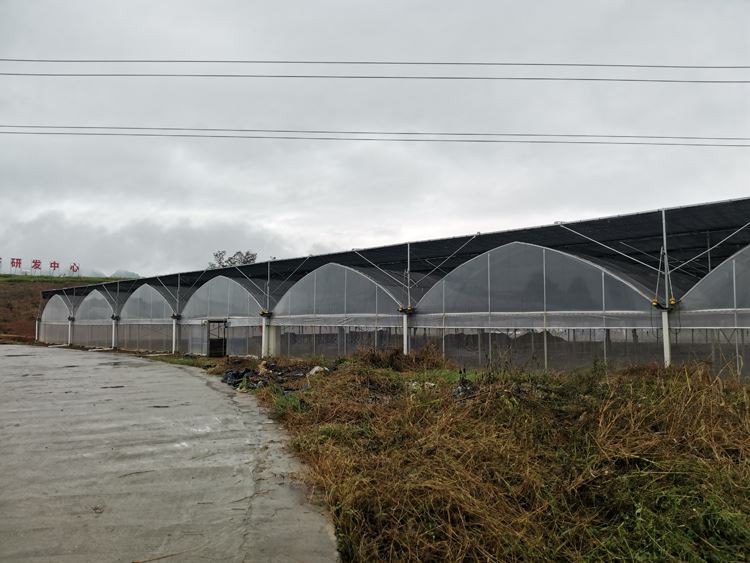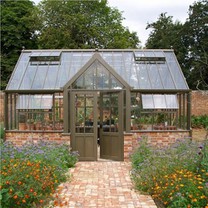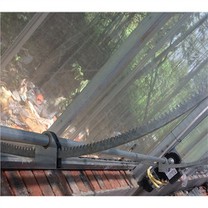Film greenhouse construction

The vegetable varieties grown in film greenhouses mainly include cucumbers, eggplants, tomatoes, eggplants, etc. The film greenhouse can adopt soilless cultivation technology, which can improve the quality of vegetables to a higher level. The issues that should be paid attention to in the construction of film greenhouses are to choose a suitable location; to choose a greenhouse suitable for growth conditions and soil fertility conditions; to take into account the cold resistance of the film greenhouse. The design of film greenhouses requires energy-saving, good heat insulation, strong cold resistance, high temperature resistance, waterlogging resistance and other excellent varieties under the condition of ensuring the temperature in the greenhouse; when choosing a film greenhouse, pay attention to the following points First, try to choose a location that is suitable for growth conditions and soil fertility conditions. Fertilize according to the design requirements of the film greenhouse. Third, you should choose excellent varieties such as strong cold resistance, waterlogging resistance and barren resistance.
In film greenhouses, high-density, low-speed plastic film can be used to cover. This facility is suitable for a variety of terrain and climatic conditions. In film greenhouses, high-density, low-speed plastic film can be used to cover. This facility is suitable for a variety of terrain and climatic conditions. In the film greenhouse, various agricultural machinery and chemical agents can be used, such as spraying pesticides, insecticides, etc. In the greenhouse, various plant stalks, corn stalks, etc. can be used as raw materials to make films. Refrigeration technology can be used when the outdoor temperature is lower than 0 °C. The temperature of the film greenhouse is required to be between 5°C and 15°C to avoid water evaporation and the growth of harmful microorganisms in the soil. The management of film greenhouses should pay attention to the following aspects. The management of the film greenhouse should be done without leaving any gaps; maintaining a good ventilation environment; preventing insects. protection. The shed should be cleaned regularly. When the outdoor temperature is higher than 10 ℃, the air circulation in the shed is not smooth, and the temperature in the shed will decrease. The roof of the shed should be cleaned regularly.
Greenhouses can not only improve the cold resistance of crops, but also greatly increase the yield of vegetables. These greenhouses reduce temperatures by modifying and increasing soil moisture content. Film greenhouses can be used for vegetable and flower cultivation and breeding, and can also be used as feed for poultry. Film greenhouses should be irrigated with 1% borax or 2% potassium chloride and water when the temperature is lower than 10°C in winter. After freezing and fresh-keeping in winter, 1% borax or 5% potassium chloride should be added for watering. Use in continuous dry weather in winter and spring. The film greenhouse does not rust and is not easy to rot. The film greenhouse can be used as a nursery or a breeding farm. The planting area of the greenhouse is about square meters, which can grow vegetables, fruits and so on. 1 Design and construction of greenhouses. The design and building structure of the greenhouse are adjusted according to different seasons and climatic conditions. Spring, summer, autumn and winter are distinct seasons. In winter, cold air is active and long-lasting. In summer, warm and humid airflow is active and the temperature is higher. In summer, the temperature is low. In autumn, cold air is active and short-lived. In winter, the warm and humid air flow is active and continuous.







